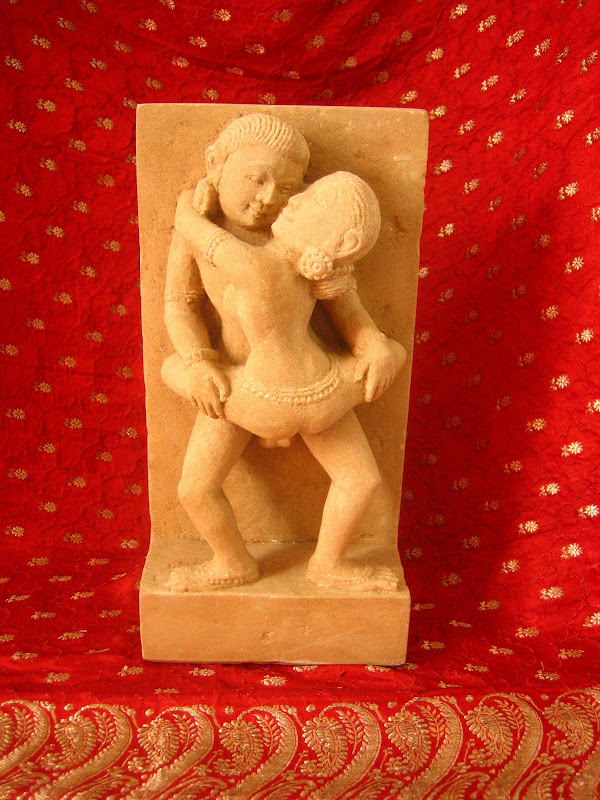 Developed in the past few decades by Father Thomas Keating, a Catholic priest, and based on traditional Christian sources, centering prayer is a contemplative practice that opens the mind and heart to the Divine presence. Unlike a mantra, which is designed to clarify or calm the mind, centering prayer purifies the heart to become a vehicle for God’s transformative grace. Instead of repeating it again and again like a mantra, you hold it in your awareness as an object of contemplation.
Developed in the past few decades by Father Thomas Keating, a Catholic priest, and based on traditional Christian sources, centering prayer is a contemplative practice that opens the mind and heart to the Divine presence. Unlike a mantra, which is designed to clarify or calm the mind, centering prayer purifies the heart to become a vehicle for God’s transformative grace. Instead of repeating it again and again like a mantra, you hold it in your awareness as an object of contemplation.Here are the instructions for practicing centering prayer, as given by Father Keating (whose words appear in quotation marks):
- Choose a “sacred word as a symbol of your intention to consent to God’s presence and action within.”
- Settle comfortably, and silently introduce the sacred word. When your attention wanders, gently bring it back.
- Stay with the same word during the period of contemplation.
Some people may prefer to “turn inwardly toward God as if gazing upon him,” without words. In any case, the same guidelines apply. When we open to God, says Father Keating, we find that God is “closer than breathing, closer than thinking, closer than choosing — closer than consciousness itself.”


 A
A











